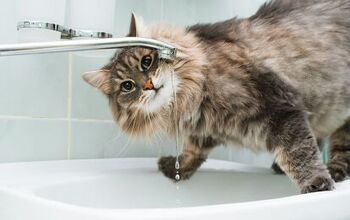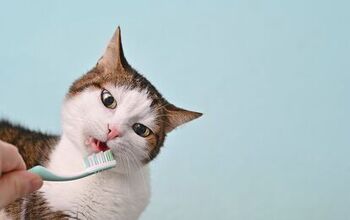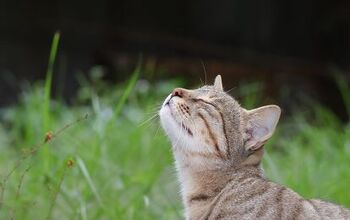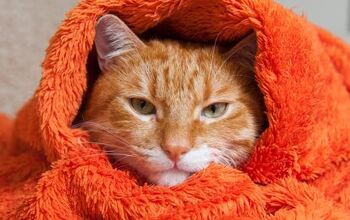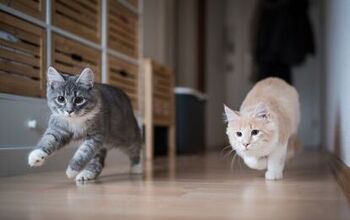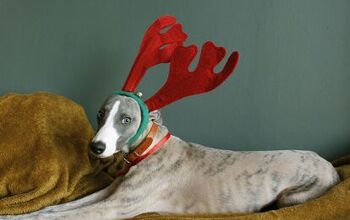Adoptable Dog of the Week – Marigold

Here’s a flower you’ll want to pick! Meet Marigold, our Adoptable Dog of the Week. She’s a 2-year-old Pitbull Terrier Mix from Durham, North Carolina. Marigold is already spayed, housetrained, up to date with shots, good with kids, good with dogs, and good with cats.
Marigold is about 2 years old and the product of a broken home. She came to the rescue as an owner-surrender because of a divorce. While Marigold was never abused, she never received training as a youngster and consequently she is a bit of a “wild child”. Marigold is a high energy dog and is learning how to behave herself in a home. She is a work in progress. She is very playful and loving but she doesn’t understand her strength or size. She knows how to sit on command and she working hard to master “off.”
Marigold loves to chew and she has gotten foster Mom’s slippers, hose, and assorted other items. Foster Mom has learned to divert Marigold’s need to chew with the largest of knuckle bones. She is learning to walk on a leash. She will attempt to run to other dogs and chase squirrels. Marigold loves the company of other dogs and will instigate play. She doesn’t read other dogs well so she doesn’t know when other dogs are not interested and don’t care to play. Her foster brother and sister are helping to teach her when they have had enough wrestling. She is starved for attention and love. She adores cuddling in the evenings and sleeping with her foster Mom. Once the lights are out, she settles into a deep sleep with some soft snoring, and doesn’t stir until it’s time for foster Mom to get to work. She is good around cats is fully house and crate trained. She has a joyful spirit and would make a wonderful addition to a home.
If you’d like to learn more or adopt Marigold, please visit Carolina Adopt-A-Bulls.

Amy Tokic, Editor of PetGuide.com, is a passionate animal lover and proud pet parent of Oscar, a Shih Tzu/Chihuahua cross, and Zed, a Japanese Chin. Her love of animals began in kindergarten, when she brought her stuffed dog Snoopy into class with her every day. Now, she writes about her adventures in pet ownership and tirelessly researches products, news and health related issues she can share with other animal enthusiasts. In her free time, Amy loves perusing used book and record stores, obsessing over the latest pet products available and chasing squirrels with wild abandon (a habit attributed to spending too much time with her pooches).
More by Amy Tokic




